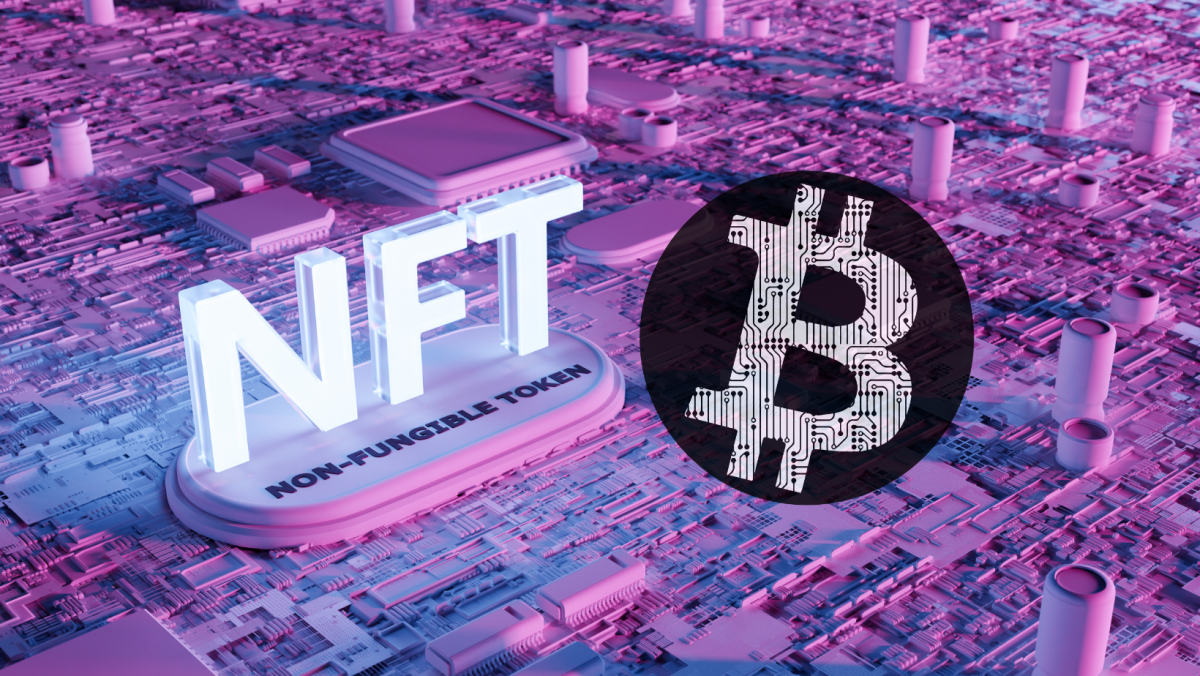The hype fades, but oversight remains | Ingram Yuzek Gainen Carroll & Bertolotti, LLP

The hype surrounding NFTs seems to be gradually cooling down amid the slowdown in NFT markets and the recent decline in crypto price. However, concerns over the legal and compliance aspects of NFTs have developed rapidly as lawmakers seek to roll out anti-money laundering rules that address the trading, transfer and other related activities of NFTs.
It was reported earlier this month that members of the European Parliament have proposed designating NFT platforms (i.e. an entity or person acting as an intermediary for the import, minting or trading of the assets representing proof of ownership of works of art or collectibles) as “obligated entities” under the EU’s Anti-Money Laundering (“AML”) laws. What such a change means, by the nature of AML laws and practices, is that NFT marketplaces need to reassess whether their AML programs are robust enough to meet the statutory requirements or whether they are mandated to build an AML program from scratch to meet those requirements (although the lack of an existing AML program would be an unlikely case). Similarly, the Financial Action Task Force (“FATF”) also provided issued a “Targeted Update on the Implementation of the FATF Standards for Virtual Assets and Virtual Asset Service Providers” in June this year, indicating that countries should apply the FATF’s AML standards to NFTs if NFTs have the same functions as virtual assets, such as being used for payment or investment purposes. The FATF further recognized that money laundering risks may arise from the use of NFTs in DeFi settings, as cryptoloans can now be secured by one or more NFTs through various DeFi protocols.
While the above developments are unlikely to result in a significant impact on retail NFT investors and individual collectors, on the other hand, NFT marketplaces may carefully consider the legal and compliance responsibilities arising from such developments and begin to review the following two features that support their AML programs:
1. Internal risk assessment:
Risk assessment has always been a fundamental component of an AML program. Given the unique nature of NFTs, NFT marketplaces will need to consider whether the methodology they use to determine inherent risks (e.g. customer risk and product/service risk) for their internal risk assessment needs to be adjusted in accordance with relevant factors, such as how NFTs are collected (by individuals/entities/DAOs) and how NFTs are used as collateral for crypto loans. For example, a client may be considered a low-risk client in previous risk assessments given his/her verified wallet addresses, limited collection of NFTs and low volume of NFT trading and/or transfer activities. However, such a client’s risk profile may warrant re-examination if he/she has substantially pledged his/her NFTs to secure multiple loans disbursed by or from DeFi protocols known to be associated with money laundering or sanctions evasion schemes . It may also be appropriate to classify a client as a medium or high risk client if such a client has been identified for his/her NFT laundering, which, as the FATF indicated in its targeted update, is a type of illicit financial activity.
2. Mitigation measures:
If the proposed change to EU money laundering laws is adopted, NFT marketplaces may also be required to review their measures to reduce money laundering to ensure that such measures comply with applicable legal requirements or are sufficient to reduce the risk that has been identified. by competent supervisory bodies. For example, NFT marketplaces may need to review the transaction monitoring program to determine whether existing typologies and scenarios can capture the illegal activities associated with the use of NFTs in a DeFi setting. In addition, corresponding procedures and policies may also require revisions to reflect the adjustments made to the transaction monitoring program.
While the NFT landscape has changed rapidly and will continue to grow given NFT’s unlimited potential, laws and regulatory oversight will surely catch up to safeguard the integrity of the markets. It is therefore important to follow developments in NFT/crypto-related laws and plan accordingly. Stay tuned to Ingram’s NFT Newsroom to learn more about the latest developments with NFTs.





















